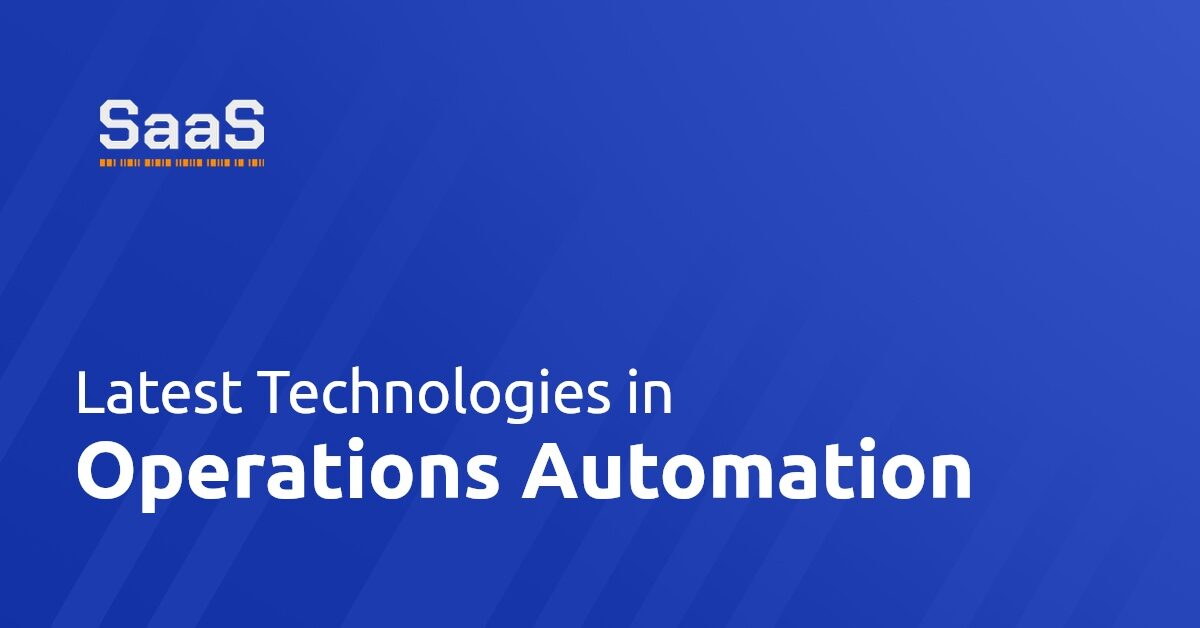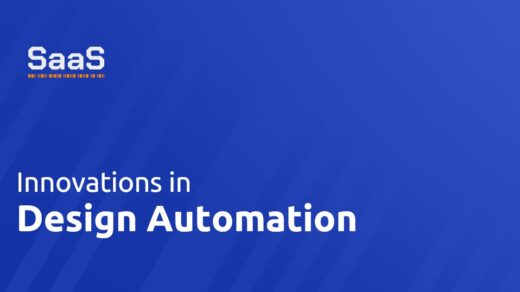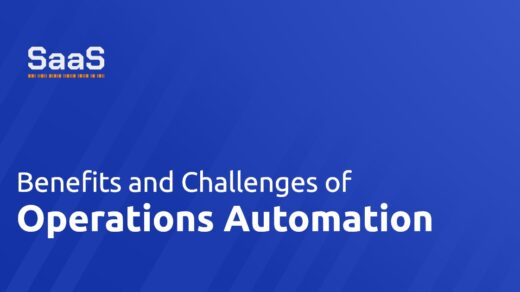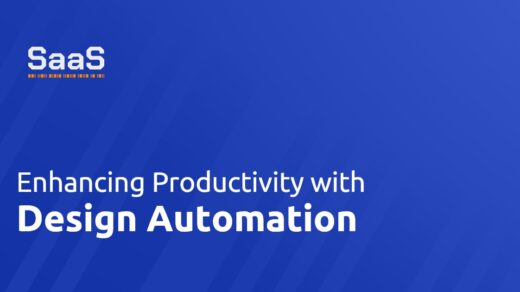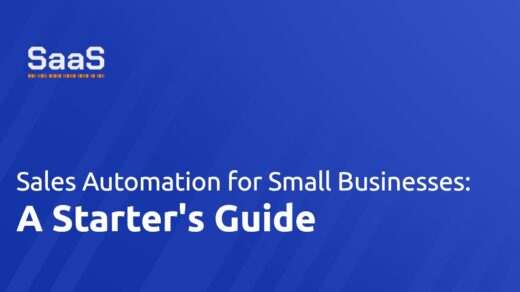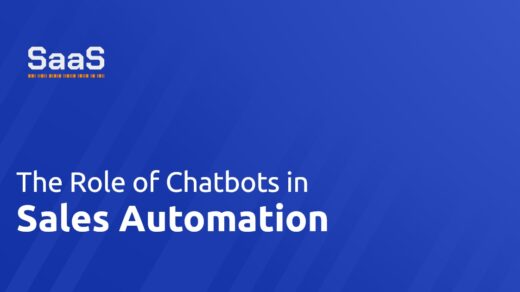What are the Latest Tools and Technologies in Operations Automation?
Operations automation is rapidly evolving, fueled by advancements in technology such as Artificial Intelligence (AI), Machine Learning (ML), Robotic Process Automation (RPA), and cloud computing. AI and ML now power intelligent automation, extending capabilities beyond rule-based tasks to include learning from data patterns and making informed decisions.
RPA, on the other hand, is responsible for automating repetitive tasks, thus freeing up human resources for more complex tasks. By replicating human actions, RPA bots can interact with multiple IT applications and manage large-scale data operations with speed and accuracy.
Cloud computing provides the backbone to operate these tools, offering scalable, flexible, and secure platforms. Furthermore, the emergence of the Internet of Things (IoT) allows real-time monitoring and predictive maintenance in operation processes, making automation more efficient.
How Can Cutting-edge Tools Streamline Operations Automation?
AI and ML tools are streamlining operations by learning from data patterns and outcomes, thus allowing more intelligent decision-making in real-time. They can foresee potential issues and recommend ways to optimize operations while reducing errors.
RPA is significantly reducing the workload of human employees by carrying out high volume, repetitive tasks, thus enabling operational efficiency. It’s quite agile and customizable, allowing businesses to adapt quickly to changing operational requirements.
Cloud-based automation tools offer scalability and flexibility, allowing enterprises to expand or contract their operations according to demand. IoT incorporated into operational processes can bring about significant efficiency by predictive maintenance and reducing downtime.
Are These Advanced Technologies Beneficial for Operations Efficiency?
Absolutely! These advanced technologies are game-changers. AI and ML are enhancing operational efficiency by executing intelligent automation, mitigating risks, and reducing errors in processes. The predictive capabilities of ML can also identify inefficiencies and suggest improvements, leading to optimal usage of resources.
RPA is a boon for operation efficiency owing to its ability to work round the clock without fatigue, completing tasks faster with higher accuracy and consistency. It also enables staff to focus on strategic duties rather than repetitive, time-consuming tasks.
Cloud computing facilitates seamless collaboration, secure data storage, and quick data access, enhancing productivity levels and operational efficiency. Additionally, IoT devices provide invaluable insights into operations and help in early problem detection, thus minimizing expensive downtimes.
What Challenges and Opportunities Exist in Implementing Automation Tools?
Indeed, implementing these cutting-edge tools comes with some challenges. These include staff resistance to change, lack of skilled workforce, high initial costs, and data security concerns. However, with careful planning, these challenges can be overcome.
The opportunities, meanwhile, are enormous. Automated operations can offer faster processing times, lower costs, improved accuracy, and better customer satisfaction. They also enable companies to be more agile and adaptive to market conditions. The adoption of automation tools can translate to increased competitiveness and significant growth opportunities in the long run.
In essence, while there might be hurdles along the path, the profound benefits and opportunities that these cutting-edge tools offer, make the journey worth it.

